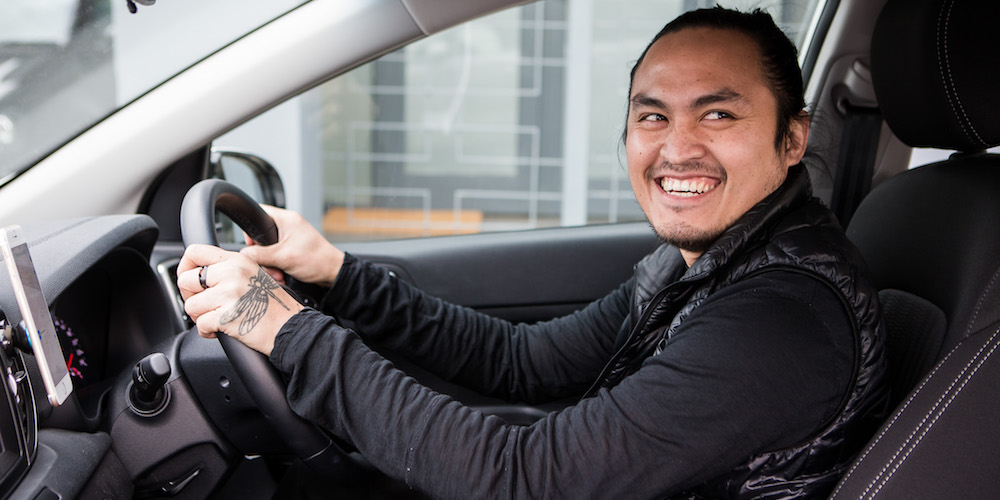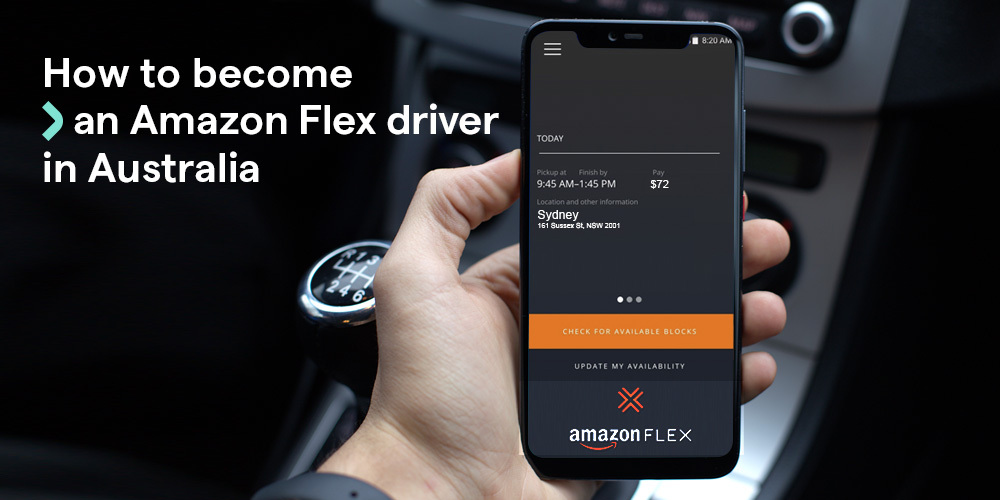The quality of vehicles and their spare parts is improving with time, and tyres are no exception. Today’s car tyres tend to last longer than they used to, but their lifespan depends on many factors, from how you drive to where you drive.
As a rideshare driver, it’s crucial to monitor the condition of your tyres and replace them when worn out to ensure your passengers safety and yours as well.
Here is everything you need to know about the lifespan of your car’s tyres and how to make them last longer.
Contents
How long do tyres last nowadays?
While it varies depending mainly on your tyres’ model and other circumstantial factors, they last, on average, for around 40,000 km. Depending on how much you usually drive, they can last up to 10 years. That’s a massive improvement from the 70s when they lasted 32,000 km.
How often should I replace my tyres?
It’s essential to get your tyres checked every 10,000 km or every 12 months by a professional mechanic.
They will then tell you if you need to replace them or not.
Should I replace all four tyres at once?
This depends on your car. For all-wheel driving cars, yes, it’s best to replace all four tyres at the same time. They spin independently of one another, and different tread depths and styles can cause them to spin at different speeds.
However, if you drive a front-wheel or rear-wheel drive vehicle, it’s all right to replace your tyres in pairs, but always the front pair or rear pair at the same time.
How long do tyres last for rideshare drivers?
As Uber drivers spend much more time on the road compared to other drivers, they will need to change their tyres more often.
If you drive around 1,000 km every week, you’ll need to replace your tyres in less than 12 months. However, if you take good care of them, you’ll be able to extend their lifespan.
Which factors affect tyre longevity?
It’s hard to determine the exact lifespan of tyres since various factors affect tyre longevity, so manufacturers can’t make any definite guarantees.
Here are the factors that could speed up tyre wear:
- Driving habits – if you’re a big fan of speeding and sudden braking, it will impact your tyre longevity. These improper driving habits cause friction between your tyres and the road, making them last less than their potential.
- Road conditions – driving on surfaces your tyres weren’t made for also cuts on their longevity — driving off-road, on unsealed roads or driving on ice with the wrong tyres.
- Air pressure – every tyre is meant to be kept at a specific level of inflation. If your tyres are too soft or too hard, it can affect their lifespan.
- Temperature – drastic changes in outside temperature will affect your tyre pressure — high temperatures will artificially inflate your tyres, while low temperatures will deflate them, leading to premature wear. Climate changes can also affect the rubber your tyres are made from.
- Rotation – front tyres tend to wear sooner, so rotating all four tyres to distribute the wear more evenly is important.
- Wheel alignment – this is a significant aspect affecting your tyres’ wear and should be checked every 12 months or whenever you clout a kerb or a meridian strip.
- Pairing – old tyres must be paired with old tyres on the same axle. The same goes for new tyres. Not pairing your tyres correctly will make them wear sooner.
- Loading – improper loading, like loading too much on one side or overloading your car, will affect the longevity of your tyres.
How to make your tyres last longer?
If you follow a few simple guidelines, regularly check your tyres’ tread and air pressure and go for regular check-ups at least once a year, you’ll prolong your tyres’ life.
1. Keep your tyres inflated correctly
The correct operating pressure of your tyres (measured in pounds per square inch) can usually be found inside the driver’s door, fuel door, or glove box. If you can’t find it anywhere on your car’s bodywork, it’s written inside your car’s manual.
How to check your tyre’s current pressure?
Many service stations have an air pump you can use for free. To use it, attach the hose to the valve on each of your rims, and the machine will do the rest. You can either set the PSI you want or manually fill it.
TIP: For your and your passengers’ safety, check your tyre pressure monthly.
2. Drive carefully
Avoiding speeding, sudden braking, aggressive cornering and skidding will help you not only extend the lifespan of your tyres but also stay safe and avoid driving fines.
3. Swap your tyres around
Tyres wear differently, and changing their places helps them wear more evenly. It’s recommended to do so every 10,000 km, but as rideshare drivers use their cars far more than regular drivers, you should do this every 5,000 km.
You can go to your mechanic or change it yourself if you know how to change a tyre.
4. Get your wheels aligned
If your wheels are out of alignment, it will contribute to your tyres’ premature wear. Your mechanic will check this when you service your car, which you should do at least once a year.
IMPORTANT: If you notice your steering wheel wobbling at higher speeds, check it immediately.
5. Keep your tyres out of the sun
Try to park your car away from direct sunlight to protect the rubber in your tyres and keep your tyres inflated correctly.
TIP: If you don’t have a garage or indoor space to park your car, try to find an all-day shady spot to keep your car there.
6. Don’t overload your car
Overloading your car will have a significant impact on your tyres’ lifespan. You can find the maximum weight load for your car in your owner’s handbook.
You should also avoid putting extra weight on one side of your car since it places undue pressure on the tyres on that side.
7. Regularly check your tyre tread
Tyre tread is the rubber on the tyre that makes contact with the road or ground. As a tyre wears down, this tread is worn off, reducing its effectiveness and safety. The tyres must have at least 3mm of tread left to drive safely, though the legal limit is 1.6mm.
TIP: To measure tyre tread, you can place a 20c coin into one of the central circumferential grooves of your tyre.
If the tread doesn’t reach the platypus bill, your tyre has less than 3mm of thread remaining, so it’s recommended to invest in new tyres to stay safe while driving.
Did you know? If you join Splend’s Flexi own subscription plan, we cover the cost of replacing your tyres.
About Splend
We enable people to make money by driving for on-demand apps such as Uber.
We’re more than a car subscription provider. In addition to new-model cars and all the essentials to start earning money with Uber as quickly as possible, our customers enjoy driver training and dedicated support, as well as customer benefits such as partner discounts and exclusive events.
For more information about Splend, make an appointment and drop by to your local Splend Hub, email us, or say hello on 1800 775 363.






